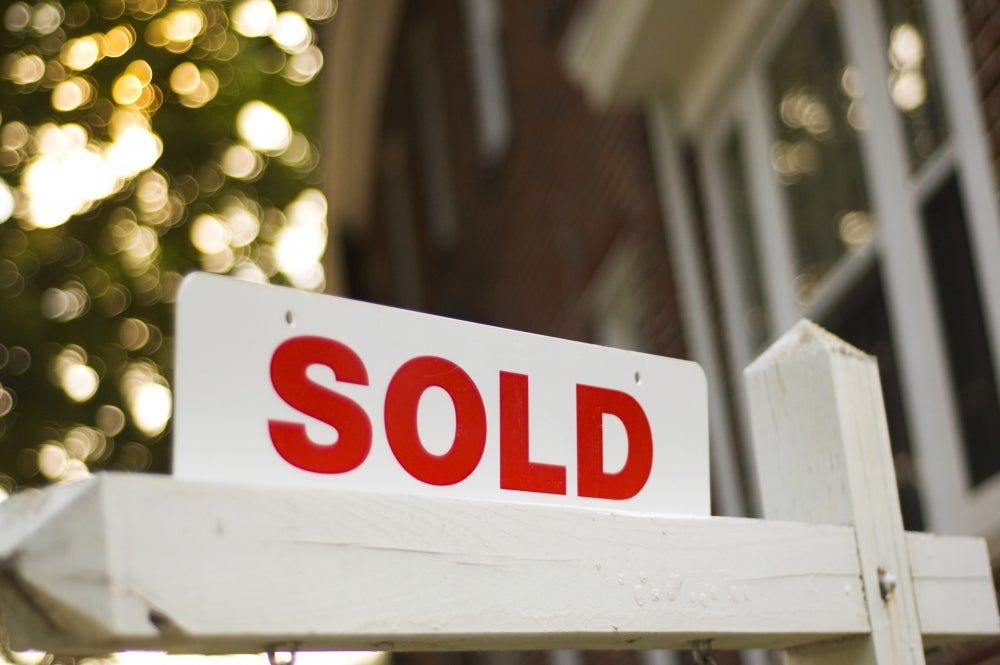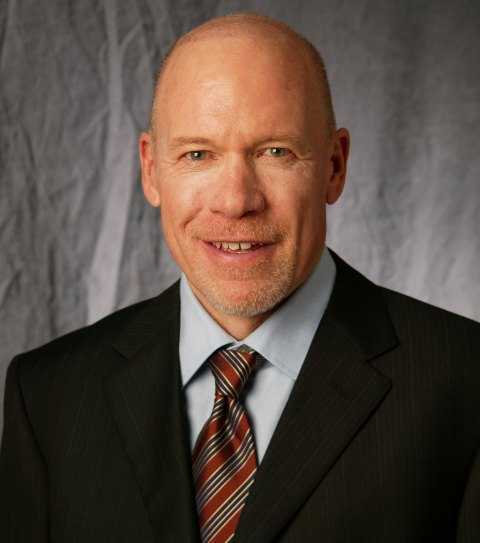
‘Kind of Immune’

The nation’s housing market so far seems “kind of immune” to the economic downturn brought on by the coronavirus pandemic, but it may be a little early to declare victory.
“Even though it fell a little bit, it was a pretty solid report for housing, overall,” said UC Santa Barbara economist Peter Rupert. His comments were part of the recent ‘EFP Informs’ webinar series developed by the university's Economic Forecast Project. The report and panel discussion series covers the ongoing effects of the COVID-19 crisis on the national and local economy.
Like other economic sectors, the residential real estate industry came to a screeching halt when the pandemic hit — March 2020 signaled a dive in existing home sales across the country. Unlike other sectors, however, that trend was reversed by June.
“There was a huge dip right at the beginning of the recession,” Rupert said, pointing to February 2020, “and now we’re back higher than we were during that time period.” By July, in fact, home sales had eclipsed what they were at the same time in 2019.
Karen Chackel, First American Title vice president and county manager, saw the action in real-time in Santa Barbara County, from the immediate shutdown of the stay-at-home order to the hard pivot to working from home and the “instant boom” a couple months later.
“We actually lost 50% of transactions that were in the pipeline,” she said of the initial drop in home sales. But the sharp increase in home buying in the county that began in June more than made up for that loss, and it’s a trend she predicts will eclipse the 2019 numbers. Many of the sales have been to first-time buyers, perhaps enticed by the low mortgage interest rates set in March by the Federal Reserve that are expected to stay there for the time being.
Meanwhile, real estate broker and Village Properties proprietor Renee Grubb found herself similarly surprised by the housing market’s sudden rebound.
“I don’t know why real estate became so essential to everyone, but we’re certainly grateful for it,” she said. Local buyers still dominate the market, though Montecito in particular has become popular with high end buyers from urban centers seeking weekend getaways and second homes.
“Some of our more seasoned agents predict our market will continue to do well, especially in the high end,” Grubb said. Other luxury homes in the area, including those in the Hope Ranch and Upper East neighborhoods, are selling as well.
But how long will the good times last? According to the panel, there are a couple factors that could cloud the happy state of home sales, aside from low inventory. One is a second, potentially deadlier wave of COVID-19 that could once again impact consumer confidence, local economy and individual earnings.
“That’s a caution that we’re thinking about,” said George Leis, president and chief operating officer at Montecito Bank & Trust. “We’re looking at all our lending philosophies through an intense lens. This is not a time for a local community bank to take any undue risk.”
Another is the looming potential for foreclosures, signs of which are appearing in the form of increasing mortgage delinquencies.
“In over three decades, we have not seen this type of increase — 16%, up from 9.7% of all transactions from the beginning of the year, are delinquent,” Chackel said. The mortgage forbearances that are part of the CARES Act have so far held off mass foreclosures, as struggling borrowers buy time through the end of the year. The end of the program might see a rise in foreclosures, as mortgage payments come due again. But on the other hand, according to Chackel, unlike with the housing bubble and recession a decade ago, today’s borrowers have built more equity, giving them the option to sell the property if they can’t afford it.
“Equity makes it a little bit safer,” she said. “People aren’t going to walk away from the equity.”



